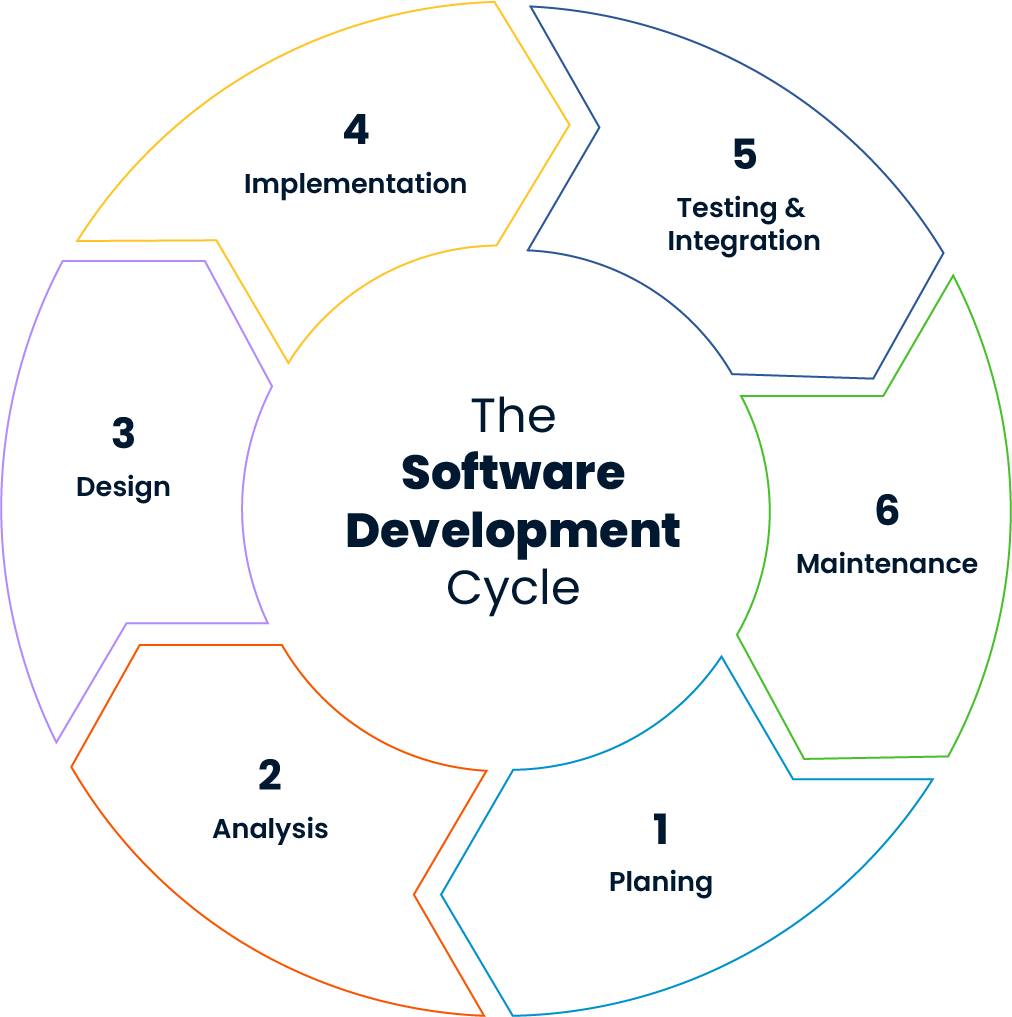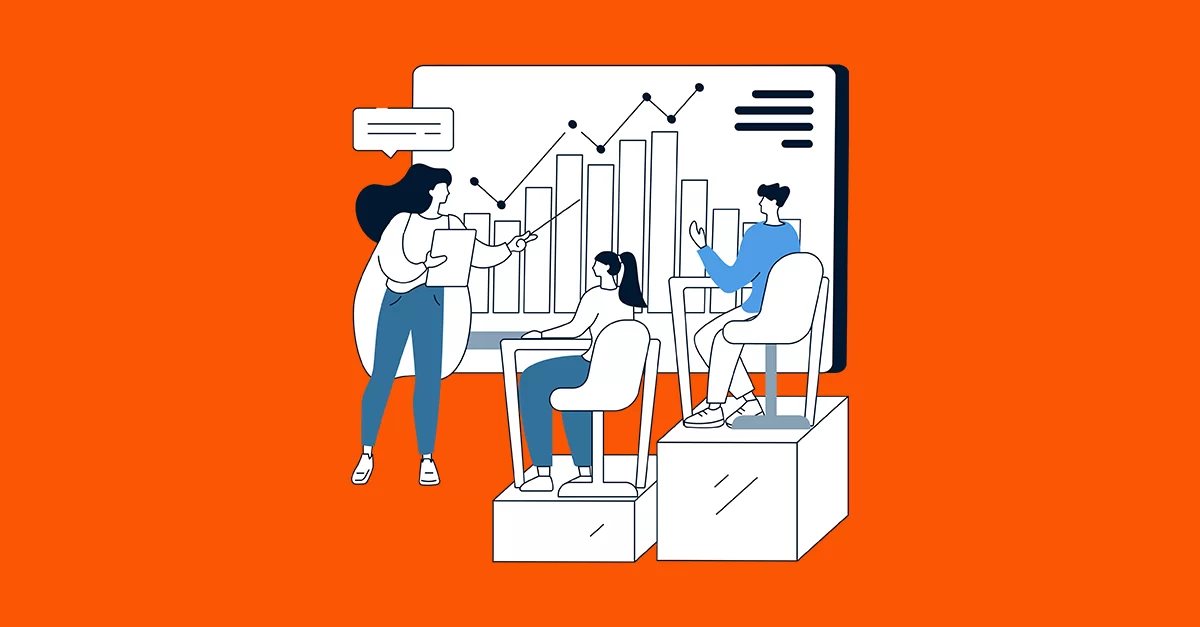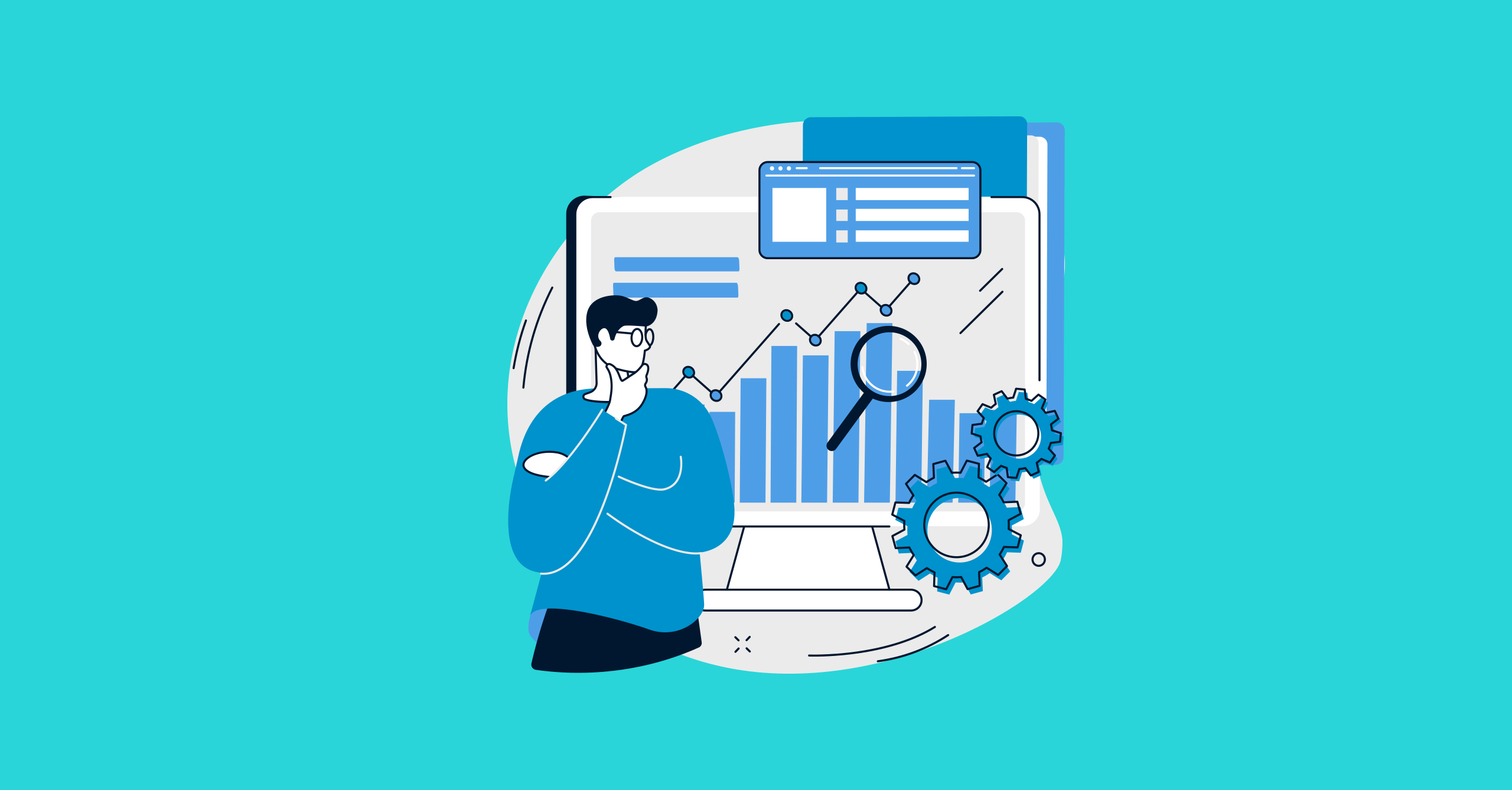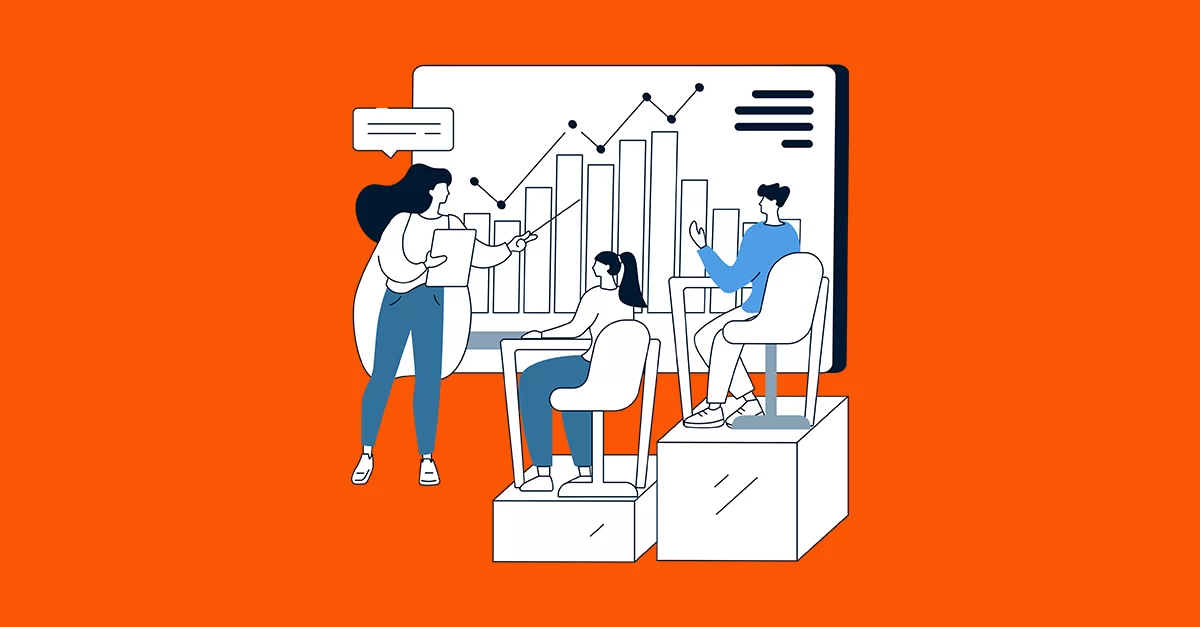Sustainable success in modern IT organizations depends not only on effective software development processes, but also on the operational efficiency of the service lifecycle around that software. The integration between SDLC (Software Development Lifecycle) and IT Service Management (ITSM) is critical. When these two processes, which are usually carried out in isolation from each other, are integrated, they enable faster response to the needs of business units and the transfer of user feedback directly to development and support processes.
This synchronization also feeds the continuous improvement cycle, enabling proactive improvement opportunities supported by real-time analytics data at both the product and service layer. Thus, the organization not only reacts to operational issues, but also ensures sustainable satisfaction by holistically assessing and improving the user experience within the XLA (Experience Level Agreement) framework, along with preventive actions that improve quality and performance.
What is SDLC (Software Development Life Cycle)?

SDLC, or Software Development Life Cycle, is a methodological approach that addresses the planning, design, development, testing, deployment and maintenance of software systems in a structured framework. This model divides the development process into phases to ensure quality assurance, minimize error rates and optimize resource utilization in software projects. SDLC includes systematic activities that aim to deliver functional and error-free applications with minimum effort and in less time. From a technical perspective, SDLC is a strategic implementation framework that guides the software development process and ensures traceability and compliance with standards.
When the planning, design, development, testing and maintenance phases of SDLC are synchronized with the incident, change and problem management processes of ITSM, an end-to-end value production chain can be created. With this alignment, development backlogs are prioritized more accurately, change requests are handled with less cycle time, and operational feedback directly drives product evolution. In order to achieve the vision of continuous improvement, SDLC and ITSM processes should not be isolated entities, but should be handled holistically in a common digital information infrastructure.
Why SDLC and ITSM Processes Should be Integrated on a Single Platform?
Software development and IT service management processes contribute to organizational success not only by being well managed separately, but also by integrating these two areas through a single digital platform. In traditional structures, SDLC (Software Development Life Cycle) tools are usually used by product teams, while ITSM systems are used in isolation by support teams. This creates silos of information between departments, interrupts the flow of feedback and disrupts the continuous improvement cycle.
The most effective way to solve this problem is to create a common information infrastructure by bringing SDLC and ITSM processes together on a single platform. In this way:
- User requests and events can automatically turn into development tasks,
- Teams work from the same data model, reducing inconsistencies,
- Planning for go-live and changeover is more synchronized,
- Analysis and reporting can be done throughout the process,
- Real-time collaboration between developers and support teams.
Thanks to its low-code infrastructure that supports this integration, SPIDYA ITSM allows you to customize complex business processes without the need for software development. Thus, even business units, not technical teams, can build the flows they need. Moreover, artificial intelligence-supported process automation intelligently manages tasks such as classifying incoming requests, identifying similar problems and offering solutions.
This structure not only speeds up processes, but also strengthens the culture of collaboration between teams based on a common goal. For businesses, this integration means establishing a measurable and continuously evolving system that covers the product and service lifecycle end-to-end.




